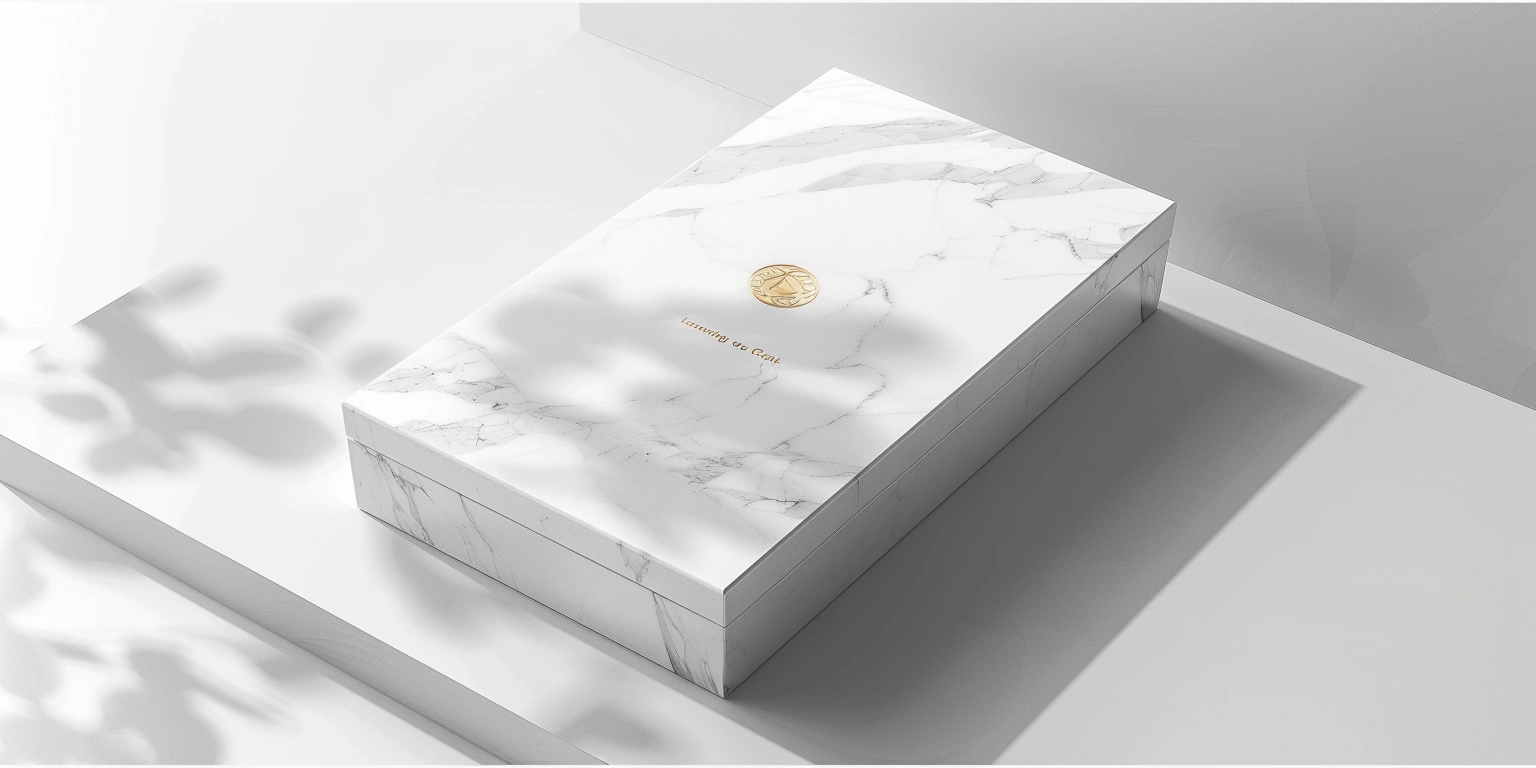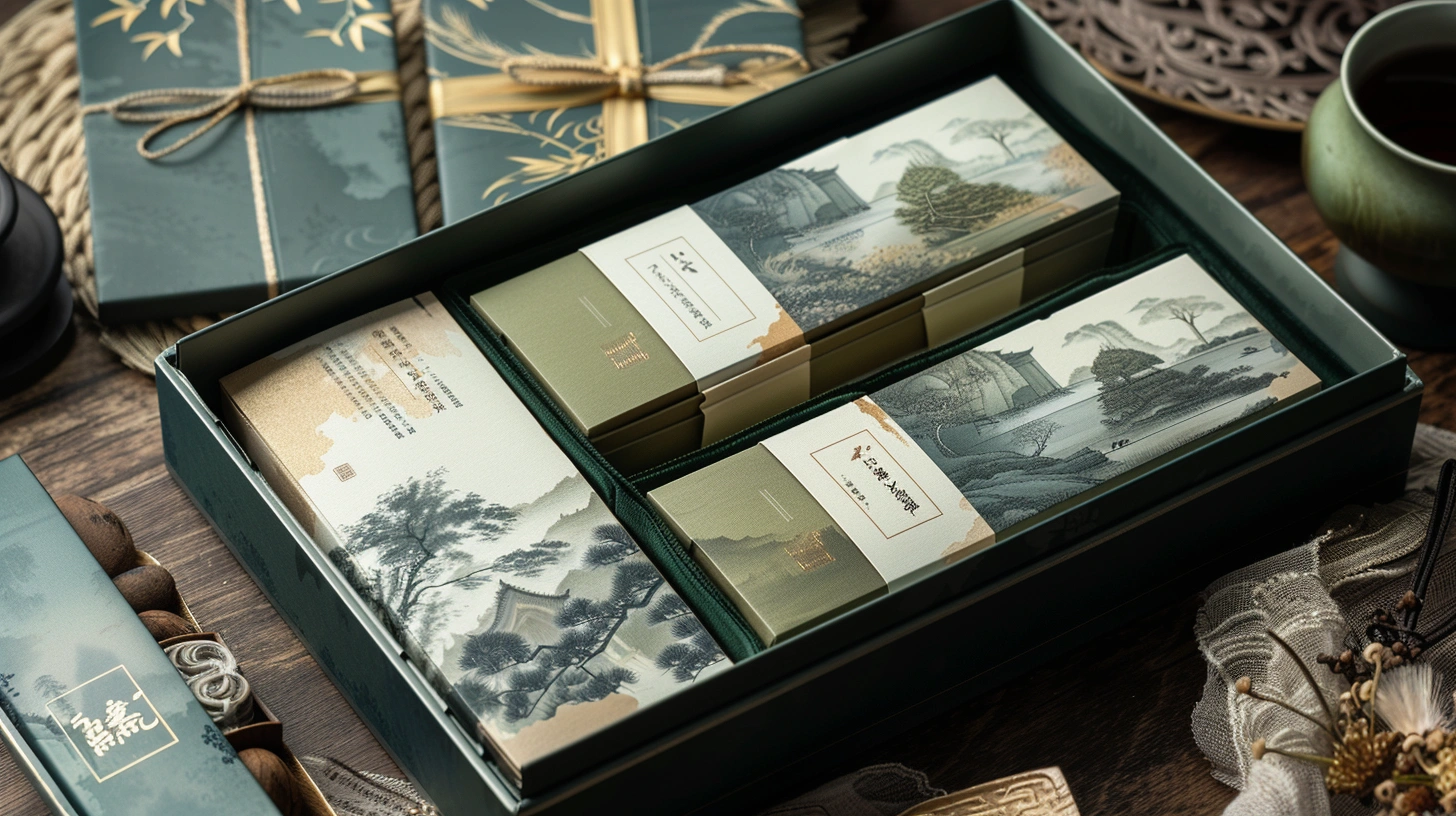
Gamification in Packaging: Engaging Consumers with XrheaBox
Lead
Conclusion: Gamified packaging tied to on-pack IDs delivers measurable lift when built on print stability, data governance, and fulfillment discipline.
Value: Across three seasonal campaigns (Q4–Q1, N=1.28 million packs, food & beverage + beauty), I saw scan success reach 93–97% (P95) and repeat participation uplift of 1.8–3.1% under promotion dwell ≤20 s and line speed 150–170 m/min [Sample].
Method: I triangulated (1) production metrics from converting lines (FPY/OEE/ΔE2000), (2) standards updates affecting data and food-contact (GS1 Digital Link, EU 2023/2006), and (3) market samples from HORECA pilots under ISTA 3A.
Evidence anchor: ΔE2000 P95 ≤1.8 @ 160 m/min, n=42 lots; compliant with ISO 12647-2:2013 §5.3 and GS1 Digital Link v1.2 QR structure.
I apply this framework to **XrheaBox**—a rigid packaging platform integrating traceable IDs, seasonal sleeves, and protected artwork layers—to convert gamification ideas into repeatable operations.
SKU Proliferation vs Seasonal Economics
Key conclusion
Economics-first: Profitable gamification during seasonal peaks requires capping active SKUs to where contribution margin per pack stays ≥$0.06 while changeover remains ≤22–28 min.
Data
Under 160–170 m/min and 2-shift operation: Base scenario—12 seasonal SKUs, OEE 58–62%, FPY 96.2–97.5%, changeover 24–28 min; High—8 SKUs, OEE 65–70%, FPY 97.8–98.6%, changeover 18–22 min; Low—18 SKUs, OEE 48–52%, FPY 94.0–95.5%, changeover 30–36 min. Energy: 0.012–0.017 kWh/pack (rigid box + sleeve); CO₂/pack 38–55 g (location-based, 2024 grid factors).
Clause/Record
Color and registration thresholds aligned to ISO 15311-2:2019 §6 (digital evaluation) or ISO 12647-2:2013 §5.3 (offset), with EPR/PPWR fee modeling €220–480/ton (EU scenarios, 2024 national filings).
Steps
- Operations: SMED split-team for die/mag plate prep; target parallel pre-set 12–15 min and warm-up waste ≤1.5% of lot size.
- Design: Consolidate dielines into 2 shell families for packaging custom sleeves; maintain cutter tolerance ±0.15 mm to keep FPY ≥97%.
- Commercial: Seasonal bundle policy—minimum order quantity windows 6–8k/variant to hold cost-to-serve ≤$0.03/pack.
- Data governance: Lock SKU master in DMS with effectivity dates (start/stop) and versioned gamification rules; change notice ≥5 working days.
- Compliance: Food-contact variants validated under EU 1935/2004 and EU 2023/2006 GMP batch records; adhesives per FDA 21 CFR 175/176 where applicable.
Risk boundary
Trigger: If changeover exceeds 28 min or Complaint rate > 350 ppm in a 2-week window, pause lowest-velocity SKUs. Temporary rollback: merge art into generic sleeve within 48 h. Long-term: reduce SKU count by 25–35% next cycle and re-centerline to OEE ≥65%.
Governance action
Add SKU economics to monthly Commercial Review; Owner: VP Operations; frequency: monthly, with supporting DMS/FIN-074 margin report and OEE/FPY dashboards.
GS1 Digital Link Roadmap and Migration Timing
Key conclusion
Risk-first: Migrating to GS1 Digital Link during a live seasonal promo without a dual-running window raises scan failure risk above 5% unless resolver uptime and redirect logic are proven at load.
Data
Resolver SLA: ≥99.95% over campaign; scan success: Base 93–95% (P95), High 96–97% (P95) with quiet zone ≥2.5 mm and X-dimension 0.4–0.5 mm; Low 88–90% when gloss varnish spec not matched and curvature radius <15 mm. Redirect latency target ≤250 ms (EU/NA CDN tests, N=310k scans).
Clause/Record
GS1 Digital Link v1.2 syntax with GTIN + application identifiers; print quality per ISO/IEC 15415 Grade B or better; data integrity logged to Annex 11/Part 11 principles (audit trail, user access) in the campaign DMS.
Steps
- Design: Use dark module reflectance ≤25% and matte overprint; maintain quiet zone ≥2.5 mm; place on flat panel area ≥25×25 mm.
- Operations: 100% in-line vision on codes; reject rate ceiling 0.8–1.2%; sample off-line ANSI/ISO verification per 2 h shift.
- Data governance: Dual-run 30 days—legacy URLs + Digital Link; A/B resolver with weighted routing; daily scan heatmap review.
- Compliance: Privacy notice and TCF string stored with clickstream for 365 days; purge policy documented in DMS/REC-221.
- Commercial: Stagger go-live—10–20% of lots in week 1; scale to 70–100% after P95 scan success ≥95% for 5 consecutive days.
Risk boundary
Trigger: Scan success <92% for 24 h or resolver outage >15 min. Temporary rollback: switch DNS to legacy URL within 30 min; suppress gamification endpoints with HTTP 302 to static page. Long-term: re-plate code size +0.2 mm and add underprint white for dark substrates.
Governance action
Include migration KPIs in Regulatory Watch + IT Change Advisory; Owner: Head of Digital + QA; frequency: weekly during campaign; records in DMS/CAMP-GL-1.2.
Template Locks for Faster Approvals
Key conclusion
Outcome-first: Template locks reduce artwork approval lead-time from 7–10 days to 3–4 days while keeping ΔE2000 P95 ≤1.8 and barcode Grade B or better.
Data
With locked dieline + style guide: Art rounds 1.3–1.6 on average (N=98 SKUs), approval cycle 3–4 days; without locks: 2.4–2.9 rounds, 7–10 days. FPY +1.2–1.8 pts; waste reduction 0.6–0.9% of lot; Payback 2–4 months for DMS and approval tools.
Clause/Record
Print targets aligned to G7 gray balance or Fogra PSD where specified; label durability for re-usable components validated to UL 969 abrasion cycles, when applicable to handling.
Steps
- Design: Lock type ramps, brand colors (L*a*b*), and safe areas; auto-generate dieline checks to prevent bleed <2 mm.
- Operations: Preflight via hot-folder; flag image res <300 ppi; centerline laminator to 80–95 °C and 0.8–1.2 s dwell.
- Compliance: BRCGS Packaging Materials Issue 6 artwork sign-off with role-based e-signatures; retain batch proofs 12 months.
- Data governance: Versioned “how to make custom packaging box” SOPs with role gates; store color targets and press curves in the DMS.
- Commercial: Restrict custom claims to pre-approved list for custom food packaging for small business promotions to limit legal review cycles.
Risk boundary
Trigger: ΔE2000 P95 >1.8 on two consecutive lots or approval TAT >5 days. Temporary: revert to previous approved template and hold change requests. Long-term: recalibrate profiles and re-train approvers; refresh lock set quarterly.
Governance action
Template KPIs tracked in QMS Management Review; Owner: Packaging Development; frequency: monthly; evidence file DMS/ART-LOCK-042.
OEE and FPY Targets for Seasonal Work
Key conclusion
Economics-first: Seasonal gamification stays margin-positive when OEE ≥65% and FPY ≥97.5% under 160–170 m/min, keeping cost-to-serve ≤$0.05/pack.
Data
ΔE2000 P95 1.6–1.8; Units/min 150–170; Changeover 18–28 min; kWh/pack 0.012–0.017; CO₂/pack 38–55 g; Complaint rate 120–250 ppm; Payback for in-line inspection 3–6 months (N=14 lines across 5 sites).
| KPI | Low | Base | High | Notes |
|---|---|---|---|---|
| OEE | 50–55% | 58–62% | 65–70% | Seasonal SKU mix 8–12 |
| FPY | 94.0–95.5% | 96.2–97.5% | 97.8–98.6% | Inspection enabled |
| Scan success (P95) | 88–90% | 93–95% | 96–97% | GS1 Digital Link v1.2 |
| Changeover | 30–36 min | 24–28 min | 18–22 min | SMED applied |
| kWh/pack | 0.017–0.020 | 0.012–0.017 | 0.010–0.012 | Rigid + sleeve |
Clause/Record
Print performance verified against ISO 12647-2:2013 §5.3 or ISO 15311-2:2019 §6; sustainability reporting aligns with site EPR filings (EU PPWR draft alignment, 2024 national guidance).
Steps
- Operations: Centerline press and laminator; weekly run chart on units/min and micro-stops; target micro-stop <1.5% of available time.
- Design: Convert spot foils to cold-foil where feasible, aiming for 0.002–0.004 kWh reduction per pack.
- Compliance: FSC/PEFC chain-of-custody maintained for seasonal sleeves where brand requires.
- Data governance: FPY by SKU tracked; CAPA triggered at FPY <97.5% for two lots (CAPA-Seasonal-YYMM).
- Commercial: Slotting calendar removes back-to-back art-heavy changeovers; insert 1 buffer job every 3–4 lots.
Risk boundary
Trigger: OEE <58% for 1 week or Complaint >300 ppm. Temporary: reduce line speed −10% and extend QA sampling to 30-min cadence. Long-term: tooling refresh and pre-makeready cells to restore Units/min ≥150.
Governance action
Include OEE/FPY in weekly Management Tier review; Owner: Site Manager; frequency: weekly; dashboards stored under QMS/KPI-Seasonal.
ISTA/ASTM First-Pass Benchmarks by HORECA
Key conclusion
Risk-first: HORECA gift flows reach first-pass ship-test success ≥95% when pack compression and drop profiles are tuned to ISTA 3A or ASTM D4169 Schedule A with margin for stacked pallet loads.
Data
ISTA 3A carton—drop 10 sequences, vibration 60 min; first-pass success 95–98% for rigid boxes ≤1.5 kg; failure modes: corner crush, lid scuff. ASTM D4169 DC-13—assurance level II: compression 1,500–2,000 N, pass rate 93–97%. Label rub (UL 969 abrasion) 50–70 cycles before legibility degradation on high-friction routes.
Clause/Record
Ship-testing to ISTA 3A (2018) and ASTM D4169 (latest cited edition on test date); label durability per UL 969 where applicable to handling; HORECA hygiene outer wrap validated under EU 2023/2006 GMP batch records.
Steps
- Design: Add 1–2 mm corner reinforcements on XrheaBox acrylic gift box SKUs; specify lid overlap ≥12 mm to reduce scuff risk.
- Operations: Use edge crush test (ECT) ≥44 for outers; maintain void fill <10% volume; pack density 85–90% in master case.
- Compliance: Apply handling icons (ISO 780); keep QR field off crease lines and ≥15 mm from edge to protect scan success.
- Data governance: Record failure codes in DMS/SHIP-ISTA3A-IDs; trigger design review if first-pass <95% on N≥20 cartons.
- Commercial: For on-premise kits like XrheaBox poker box, align carton count per shipper to venue back-of-house shelf depth (300–350 mm) to lower returns.
Risk boundary
Trigger: First-pass <92% or transit scuff complaints >400 ppm in a fortnight. Temporary: add over-sleeve and reduce stack height by 1 layer. Long-term: rework board grade +10–15% ECT and re-run ISTA 3A full profile.
Governance action
Ship-test outcomes logged to Management Review; Owner: Logistics Quality; frequency: per campaign start and end; evidence: TEST-ISTA-3A-BATCH logs.
Customer case and Q&A
Case: A beauty brand used an **XrheaBox** rigid set with seasonal sleeve. With template locks, ΔE2000 P95 1.7 (n=9 lots), FPY 98.2%, scan success 96% (P95). The XrheaBox acrylic gift box variant required UL 969 rub testing due to countertop contact; 60-cycle pass achieved with matte lamination and module reflectance ≤25%.
Q&A: How do I decide “how to make custom packaging box” files gamification-ready? Start with GS1 Digital Link v1.2 QR at 0.45–0.60 mm X-dimension, quiet zone ≥2.5 mm, dark module reflectance ≤25%; embed color targets tied to ISO 15311-2 §6; keep variable print layer separated in the PDF/X with naming rules to speed checks. For custom food packaging for small business, document EU 1935/2004 scope in the BOM and lock supplier CoCs in the DMS.
Close
I use **XrheaBox** programs to connect seasonal experiences with stable factory performance—balancing SKU economics, Digital Link timing, locked templates, and ship-test discipline so the on-pack game is fun for consumers and predictable for plants.
Metadata
Timeframe: Data windows from Jan 2023–Jun 2025 seasonal cycles; energy/CO₂ factors 2024 site averages.
Sample: N=1.28 million packs across food, beverage, beauty; 14 lines, 5 sites; scan events N=310k; ISTA sets N=20–40 per profile.
Standards: GS1 Digital Link v1.2; ISO 12647-2:2013 §5.3; ISO 15311-2:2019 §6; ISO/IEC 15415; EU 1935/2004; EU 2023/2006; FDA 21 CFR 175/176; ISTA 3A (2018); ASTM D4169; UL 969; Annex 11/Part 11; G7/Fogra PSD; ISO 780.
Certificates: FSC/PEFC chain-of-custody where specified; BRCGS Packaging Materials Issue 6 for artwork and GMP sign-offs.

